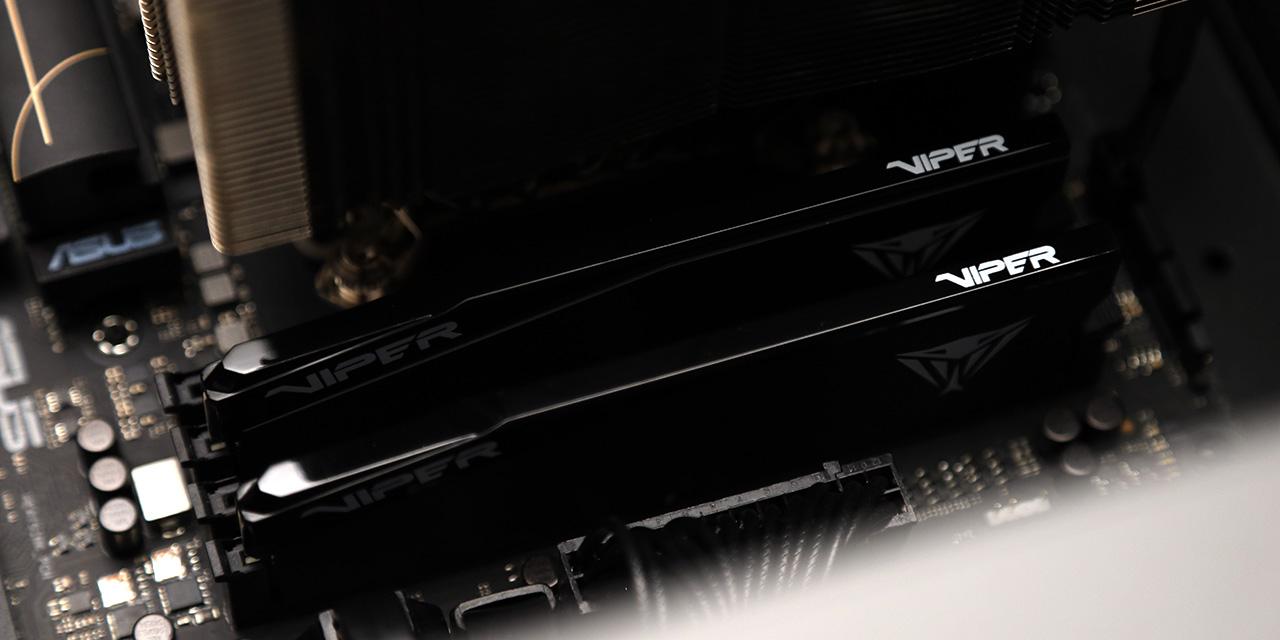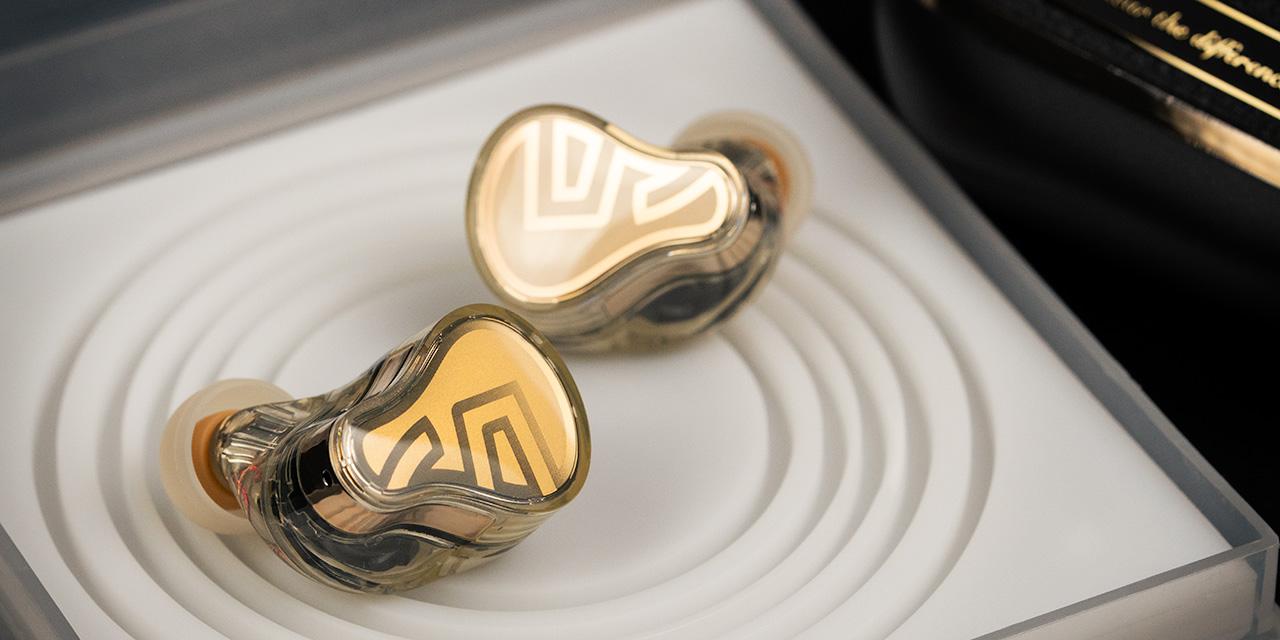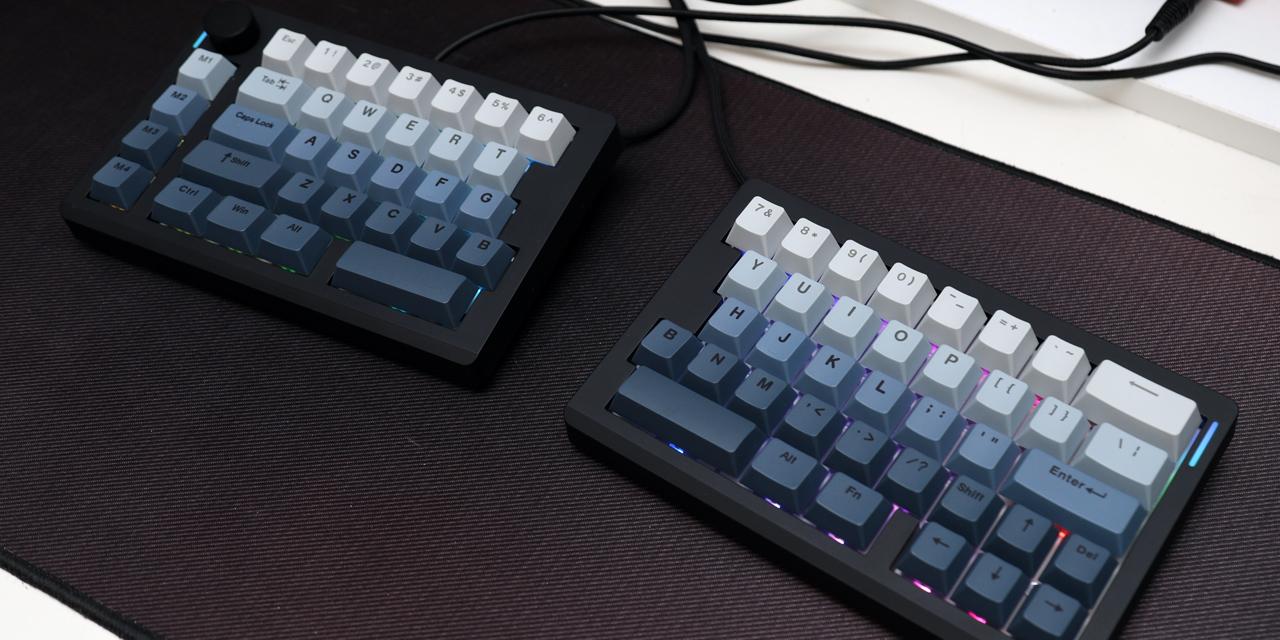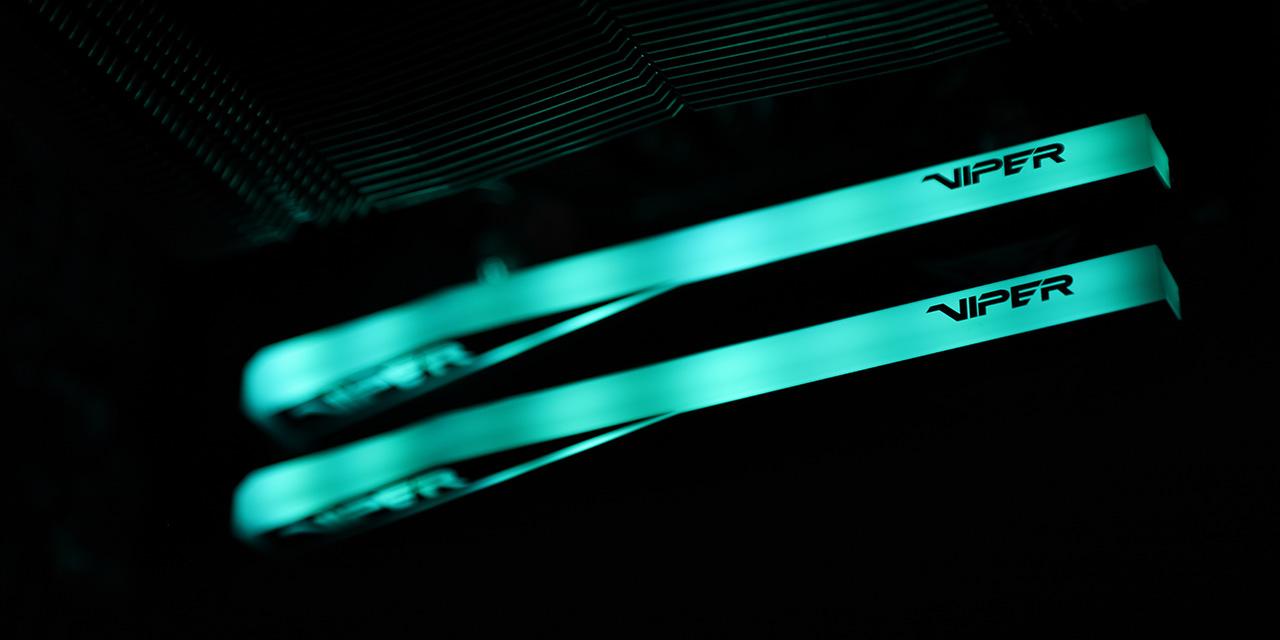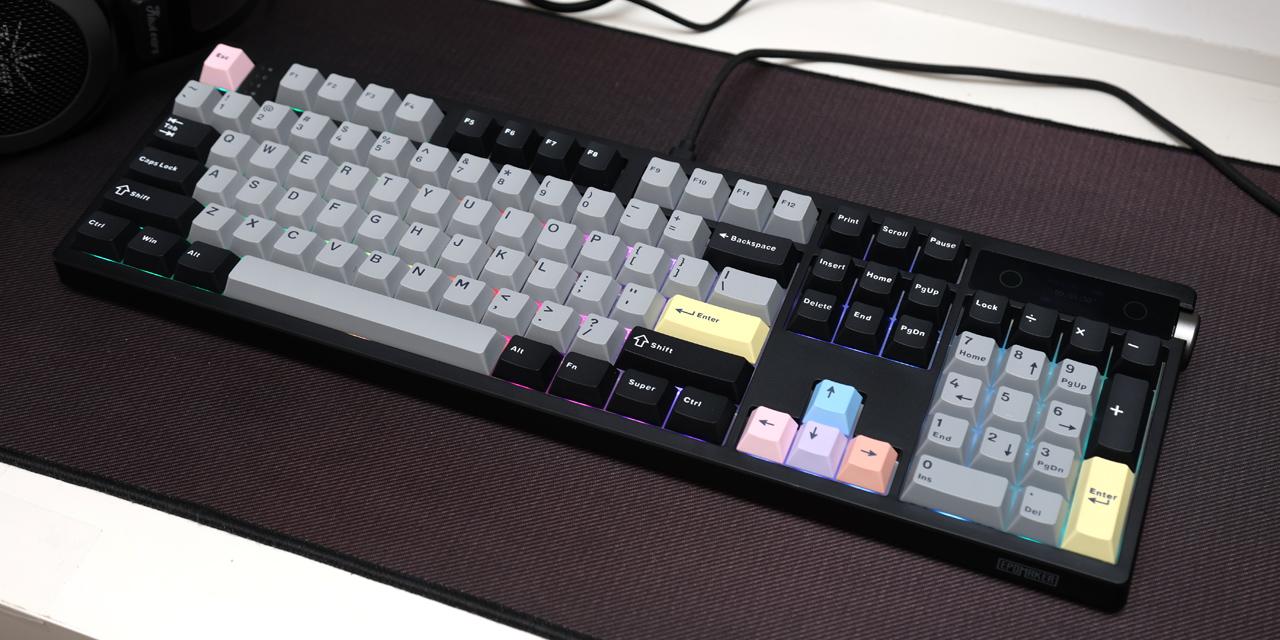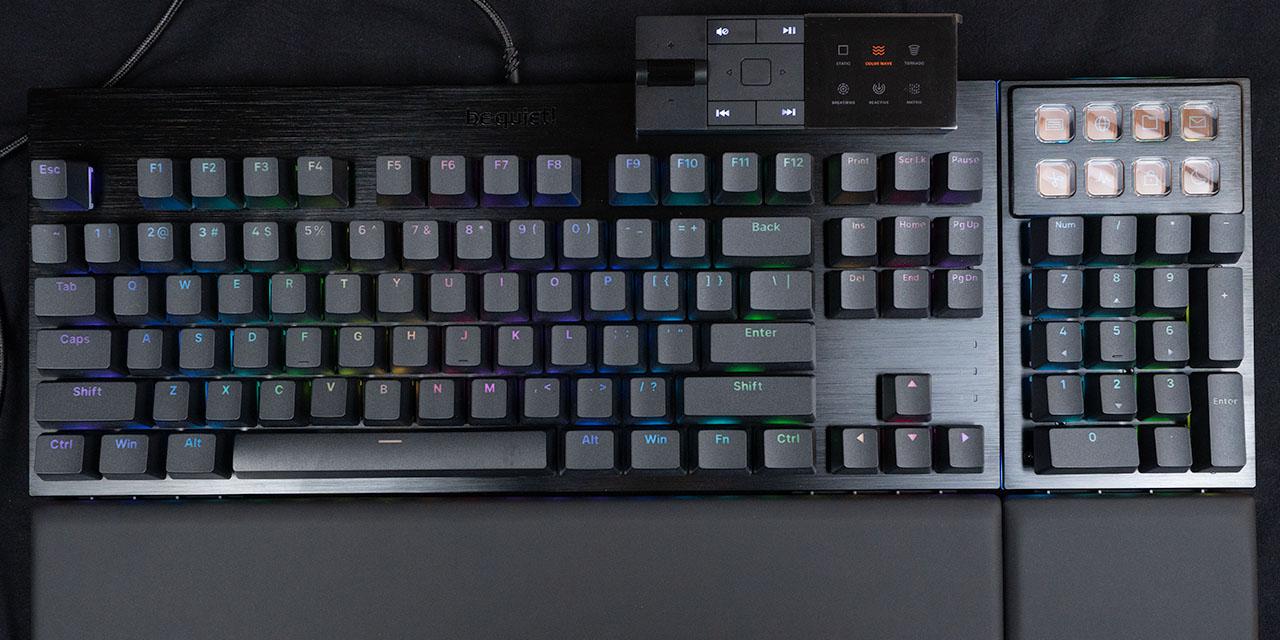Page 4 - Conclusion
The SOUNDPEATS Air5 Pro will offer a great listening experience for anyone seeking out a solid pair of Bluetooth earbuds. Starting with the build quality, I found this to be a decent build. The SOUNDPEATS Air5 Pro felt great in the hands and in the ears, having a slick black and brown finish to them. The shape of the earbuds allowed for a great fit, having additional aid in providing a comfortable experience through the addition of extra earphone tips. The charging case was quite standard and felt quite snappy. I found that the noise canceling was quite good in my real-world tests. The sound quality was decent, offering a solid bass, clean mid-range, and a tight treble. This pair of earbuds can be easily adjusted to most peoples' tastes with a fairly flat frequency response curve. If you download the PeatsAudio app, you have access to four listening profiles and the option to make your own. There is also extensive support for high-end audio codecs like LDAC and aptX in addition to standard codecs. The battery for the Air5 Pro was adequate, with tested 4.5 hours of life with ANC on. That said, while the microphone was audible and understandable, I found my voice to be quite muffled. This can be improved upon, but was sufficient for short use. At a price of $80 USD at press time, the SOUNDPEATS Air5 Pro offers great performance at this price point.

SOUNDPEATS provided this product to APH Networks for the purposes of evaluation.
APH Networks Review Focus Summary:
7/10 means Great product with many advantages and certain insignificant drawbacks, but should be considered before purchasing.
-- Final APH Networks Numeric Rating is 7.0/10
Please note that the APH Networks Numeric Rating system is based off our proprietary guidelines in the Review Focus, and should not be compared to other publications.
The SOUNDPEATS Air5 Pro is a good pair of Bluetooth earbuds that offer solid audio quality for the price.
Page Index
1. Introduction, Packaging, Specifications
2. Physical Look - Hardware
3. Subjective Audio Analysis
4. Conclusion
